This picture shows what an artist thinks Stardust might look like flying by Comet Wild 2 in January 2004.
Click on image for full size
Image courtesy NASA/JPL.
The Stardust mission to a comet
Stardust is the name of a space mission that studied a comet.
NASA's Stardust spacecraft flew past a comet named Wild
2 in January 2004. During its flyby Stardust collected
some dust particles from the comet. The spacecraft brought
those dust particles back to Earth so scientists can study them.
Scientists are learning what a comet is made of by studying
the dust that Stardust collected. Some comets haven't changed very much
since they formed in the early
days of our Solar System. Knowing what
comets are made of may help us understand what our Solar
System was like
soon after it was "born".
The Stardust spacecraft used a strange material called aerogel to
capture dust particles from the comet. The dust was moving very fast
- about
21,960 kilometers (13,650 miles) per hour - as it zoomed by Stardust.
Aerogel is so light and fluffy that it was able to stop and capture dust
grains without destroying them. A capsule from the spacecraft carrying
the dust grains landed back on Earth in January 2006. Stardust also
shot the best pictures ever of the nucleus of a comet during its flyby.
Right now scientists are studying the dust that Stardust brought back. They have already had a surprise. Comets are large balls of ice. But the samples Stardust brought back included some minerals that form at high temperatures! These minerals normally form near the Sun (or some other star). Scientists don't know how the minerals got out to the frozen edge of the Solar System where comets are.
You might also be interested in:
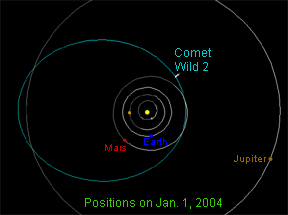
Comet Wild 2 is named after the scientist who discovered it. Paul Wild is an astronomer from Switzerland who discovered the comet in January 1978. Wild 2 is pronounced "Vilt 2". The comet orbits the Sun
...more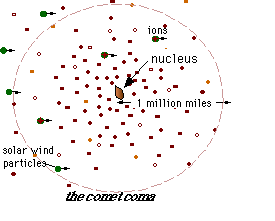
As the ices of the comet nucleus evaporate, they expand rapidly into a large cloud around the central part of the comet. This cloud, called the coma, is the atmosphere of the comet and can extend for millions
...more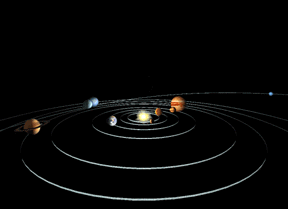
Scientists believe that the solar system was formed when a cloud of gas and dust in space was disturbed, maybe by the explosion of a nearby star (called a supernova). This explosion made waves in space
...more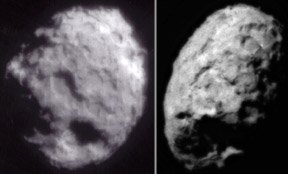
The picture on this page shows the best views ever of the nucleus of a comet. It shows two pictures of the comet's nucleus that were taken at slightly different times. The pictures were taken by a spacecraft
...more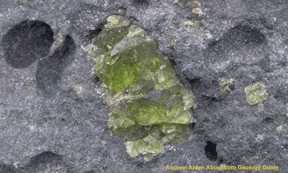
Olivine looks like little green crystals. It is typically found in some igneous and metamorphic rocks. Often the crystals are so small that you need to use your hand lens or magnifying glass to see them
...more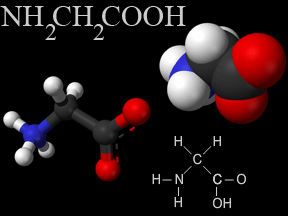
Scientists have found a type of amino acid in a sample returned from a comet. Amino acids are the building-blocks of proteins. Proteins are one of the most important types of molecules in living creatures.
...more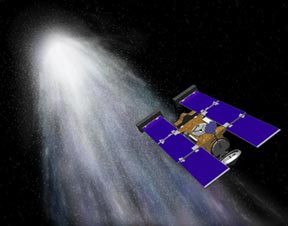
Stardust is the name of a space mission that studied a comet. NASA's Stardust spacecraft flew past a comet named Wild 2 in January 2004. During its flyby Stardust collected some dust particles from the
...more














